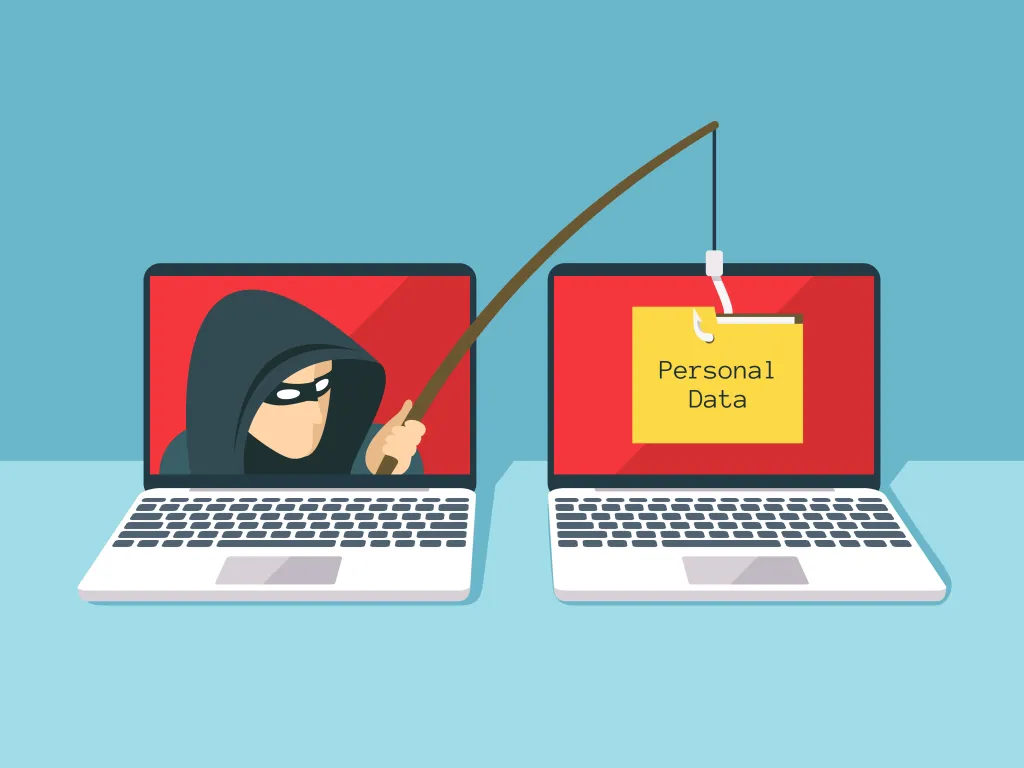
Phishing is a type of cybercrime in which attackers attempt to deceive individuals into providing sensitive information, such as usernames, passwords, credit card numbers, or other personal data. These attacks typically involve fraudulent emails, text messages, or websites that impersonate legitimate organizations, such as banks, social media platforms, or online retailers.
The goal of phishing attacks is to trick victims into disclosing their confidential information, which can then be used for various malicious purposes, including identity theft, financial fraud, or unauthorized access to accounts. Phishing attacks often employ social engineering techniques to manipulate victims into taking actions that benefit the attackers, such as clicking on malicious links, downloading malware-infected attachments, or entering their credentials into fake login pages.
Phishing attacks can target individuals, businesses, or organizations of any size, and they may occur through various communication channels, including email, text messaging (SMS), instant messaging, or social media platforms. Attackers may customize their phishing messages to appear legitimate and convincing, often using familiar logos, branding, or language to trick recipients into believing that the communication is from a trusted source.
To protect themselves against phishing attacks, individuals and organizations should remain vigilant and adopt cybersecurity best practices, such as:
Being Skeptical: Exercise caution when receiving unsolicited emails, messages, or requests for personal information, especially if they contain urgent or alarming messages.
Verifying Sources: Verify the authenticity of communication by checking the sender's email address or domain, and confirm with the organization through official channels if in doubt.
Avoiding Clicking on Suspicious Links: Avoid clicking on links or downloading attachments from unknown or suspicious sources, as they may lead to phishing websites or malware infections.
Using Security Software: Install and regularly update antivirus and anti-malware software to detect and block phishing attempts and malicious software.
Educating Users: Educate users about the risks of phishing attacks and provide training on how to recognize and avoid phishing attempts, including identifying phishing emails, verifying URLs, and reporting suspicious activities.
By staying informed, cautious, and proactive, individuals and organizations can reduce the risk of falling victim to phishing attacks and protect their sensitive information from unauthorized access and exploitation.
One infamous type of scam is the Ponzi scheme, where early investors are paid returns from the investments of later investors rather than from profits
To lure victims into investing in binary options, they may present themselves as legitimate brokers or trading platforms, offering access to sophisticated trading tools and expert advice
These scams target individuals looking to profit from fluctuations in currency exchange rates, promising high returns with minimal risk
Scammers create fake profiles and establish relationships with unsuspecting individuals, often with the intention of manipulating them for financial gain
Charity scammers fabricate stories or exaggerate the impact of a particular cause to elicit donations. They may use emotional manipulation or high-pressure tactics to persuade individuals to contribute funds quickly without proper verification
These scams typically involve various deceptive tactics, such as falsifying financial records, misappropriating company funds, or manipulating transactions to conceal the embezzlement
These scams exploit the complexity of real estate transactions and the large sums of money involved, targeting buyers, sellers, landlords, tenants, and investors
These scams target investors looking to profit from buying, selling, or trading stocks and securities
These scams typically involve fraudulent emails, text messages, or websites that impersonate legitimate organizations, such as banks, social media platforms, or online retailers
Phishing attacks work in a variety of ways – you can be contacted via email, social media, phone call, text message or some other form of communication. The offender may pretend to be an official organisation notifying you of unauthorised or suspicious activity on your account, or asking you to confirm your identity by providing personal details.
If you share this sensitive information with the scammer, they may then be able to access and steal your money.
If you suspect that you have received a phishing email, it is crucial to contact us as soon as possible. Additionally, please follow the below instructions:
1. Do not let the scammer know that you have identified their scam.
2. Do not open any attachments or click on any links.
3. Do not provide any personal details.
4. Perform an internet search of the exact name or wording to see if anyone else has been targeted by the scam.
5. Contact the institution the scammer is pretending to be immediately and ensure they are aware of the scam.
6. Immediately report the fraud to the Police or via your national fraud reporting portal (for example: Australia – www.cyber.gov.au, USA – www.ic3.gov, UK – www.actionfraud.police.uk, Canada – www.antifraudcentre.ca)
Whaling phishing is a form of fraud with high-value targets, such as large corporations. Attackers may pretend to be C-suite executives or business partners, sending emails to company personnel to request confidential information so that they can access funds.
The amount of time it takes to recover lost or stolen funds can vary depending on the specific circumstances of your case, however, our team will be able to recover your assets within a few days. Rest assured that our team is committed to working tirelessly on your behalf to get your assets back as quickly as possible.
We take all necessary precautions to protect your personal and financial information, and our team is composed of experienced professionals who are dedicated to providing you with the highest level of service and support. Your information and assets will be kept strictly confidential throughout the recovery process.
© 2024 - All Rights Reserved - Robson Consulting